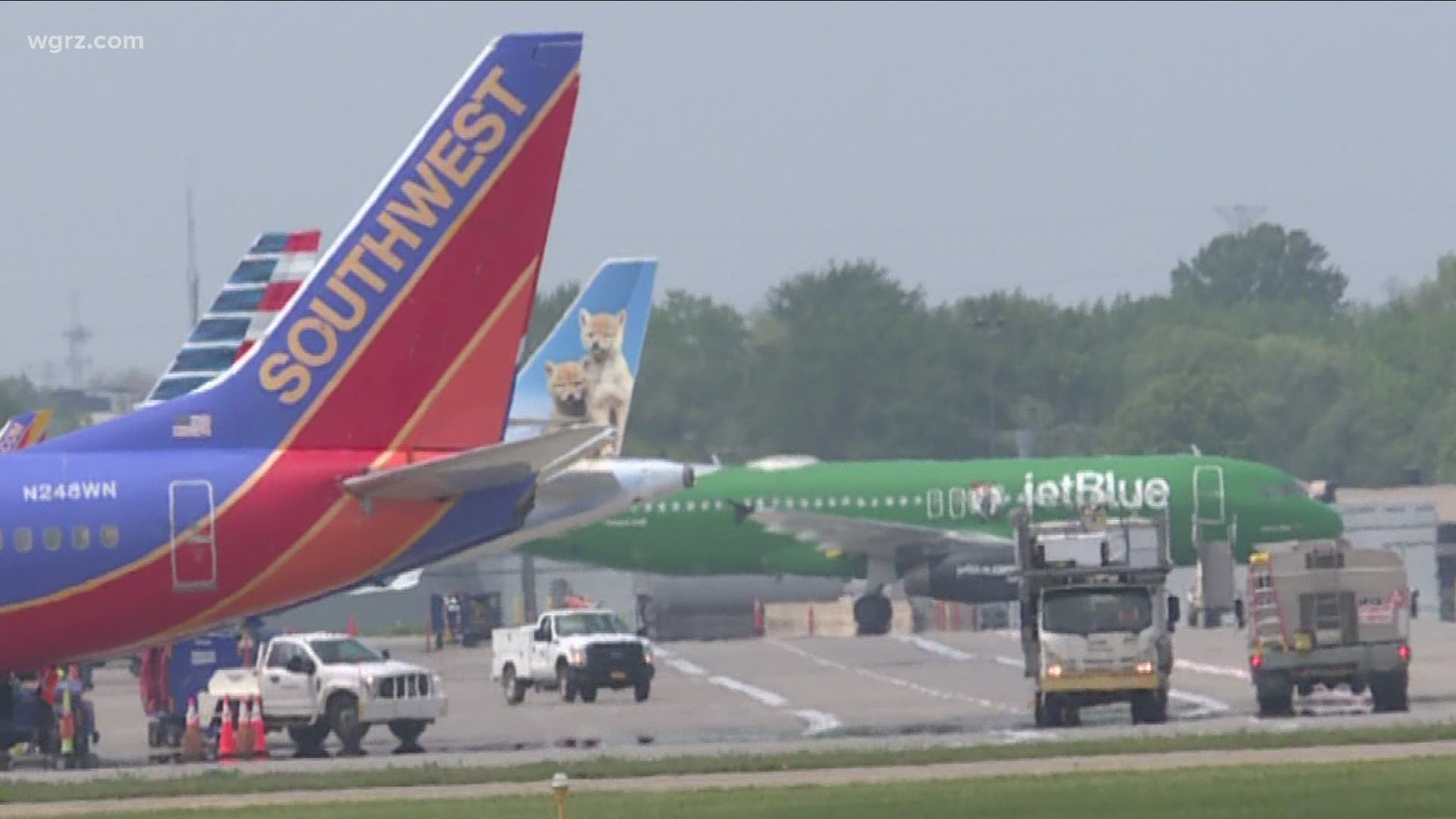A new rule from the Federal Aviation Administration (FAA) will enable the sharing of pilot records among employers in an electronic database maintained by the agency. The final rule (PDF) for the Pilot Records Database requires air carriers and certain other operators to report pilots’ employment history, training, and qualifications to the database. The rule also requires air carriers and certain operators to review records contained in the database when considering pilots for employment.
“It has been a long journey for the families of Colgan Flight 3407, but their tireless advocacy and continued engagement with the FAA has made this database a reality. With it, employers will be able to quickly and thoroughly make informed hiring decisions to keep our skies safe,” said FAA Administrator Steve Dickson.
The rule will update the current records reporting process to meet information-sharing requirements in the Airline Safety and Federal Aviation Administration Extension Act passed by Congress in 2010. Once the transition period is complete, the database will serve as the repository for pilot records from the FAA and records reported by current and previous employers.
The database will include the following information:
- FAA pilot certificate information, such as certificates and ratings;
- FAA summaries of unsatisfactory pilot applications for new certificates or ratings;
- FAA records of accidents, incidents, and enforcement actions;
- Records from employers on pilot training, qualification, and proficiency;
- Pilot drug and alcohol records;
- Employers’ final disciplinary action records;
- Pilot records concerning separation of employment; and
- Verification of pilot motor vehicle driving record.
The final rule (PDF) takes effect 60 days after it is published in the Federal Register. Additional actions and timelines to support implementation of the rule include:
- Six months after the rule is published, operators must begin reviewing FAA records electronically in the database instead of submitting a form requesting records;
- One year after the rule is published, operators will begin to report and review records to the database; and
- Operators will have three years and 90 days to transition and fully comply with the rule.
The FAA will publish an advisory circular to accompany the final rule and will offer additional resources to support industry adoption and use of the database. The rule has been thoroughly debated and incorporates feedback from all aviation stakeholders.
